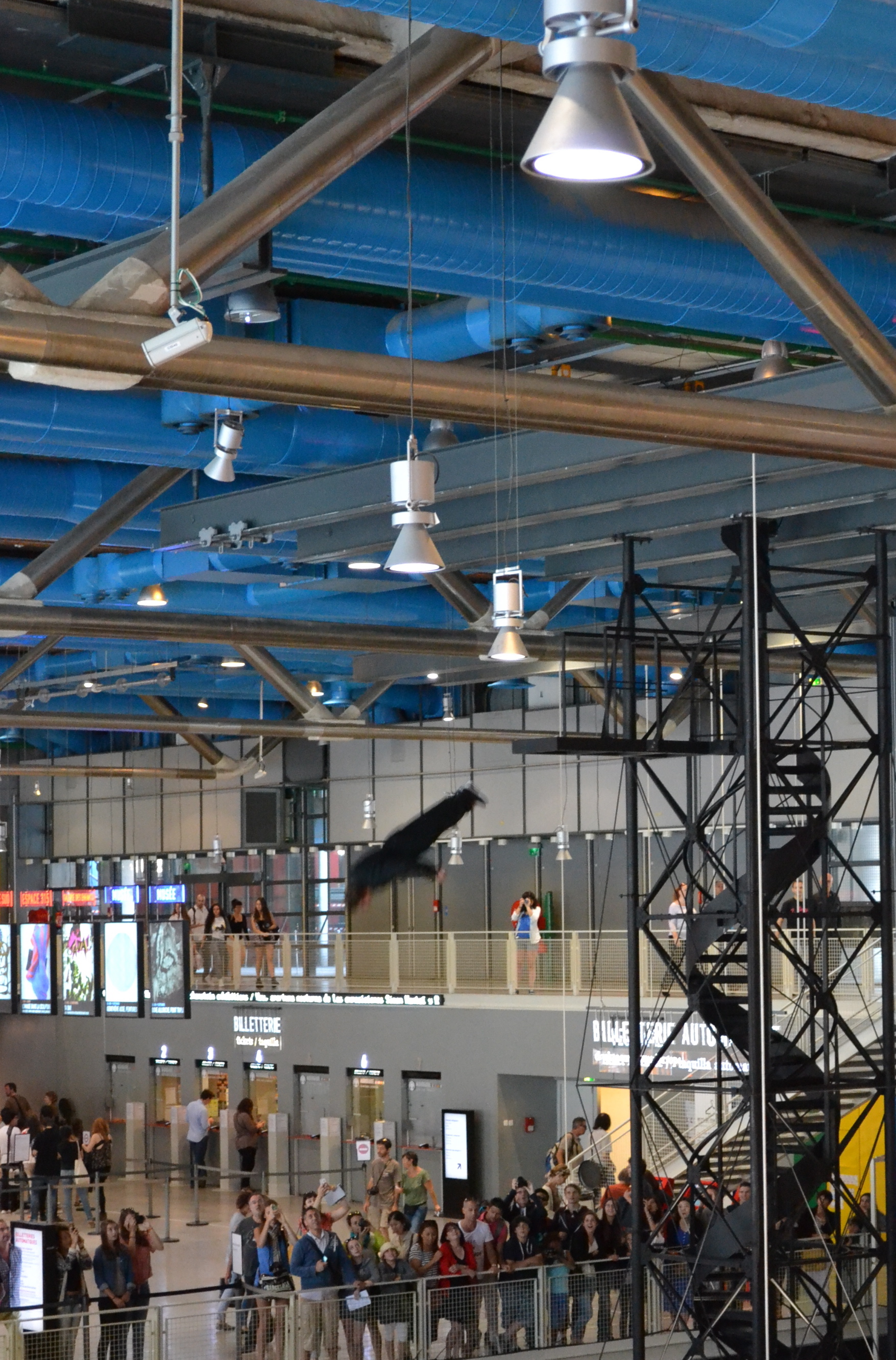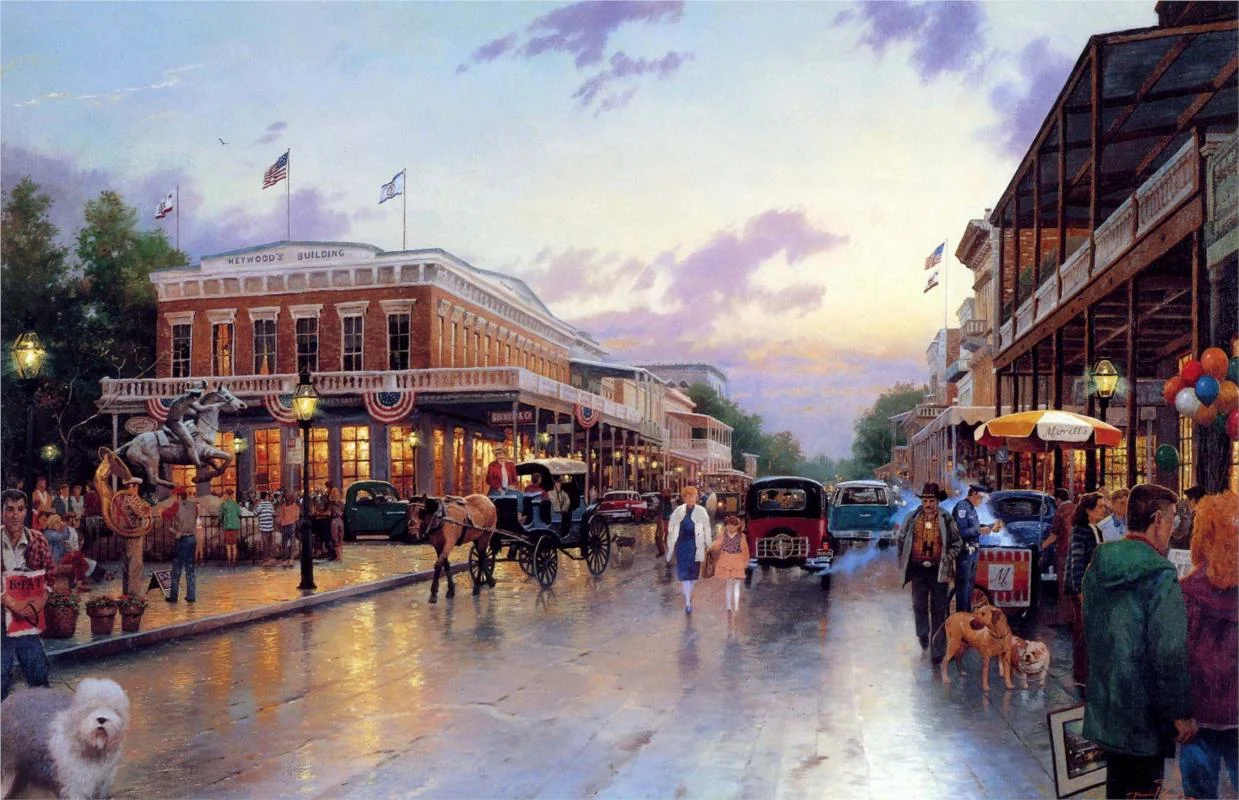Diver from Porlock
Writers make a lot of excuses for not writing. The Man from Porlock is only the most famous example, there are many others. The Spectator would probably have to close down if one day it had to stop running whimsical pieces of the 'Things I do while I should be writing the definitive novel of the early part of the 21st century' variety.
In my own case, given my gnat-like concentration, facebookisation, and fascination for the 1950s yellow tiles that I can see from the kitchen table where I work, I often go to libraries or museum cafes to write.
manuscript, coffee, pen and specs
One of my favourite places to go is the cafe at the Pompidou Centre, which is generally conducive to writing, as it's airy, relatively quiet and uncrowded, and you can sit in the same place for several hours after buying just one cup of coffee at 2.3€.
It also provided me with a wholly original excuse for not completing the 1000 words I had set myself for yesterday's target. How often is it that one is distracted by men throwing themselves into the void in front of you?
Man jumps from tower in Pompidou Centre
A crowd of people stood and stared and I just had to look. The young lady in a miniskirt opposite has a photo of me with a camera to my eye. There was a short burst of applause when the man landed. I wrote 600 words yesterday.






